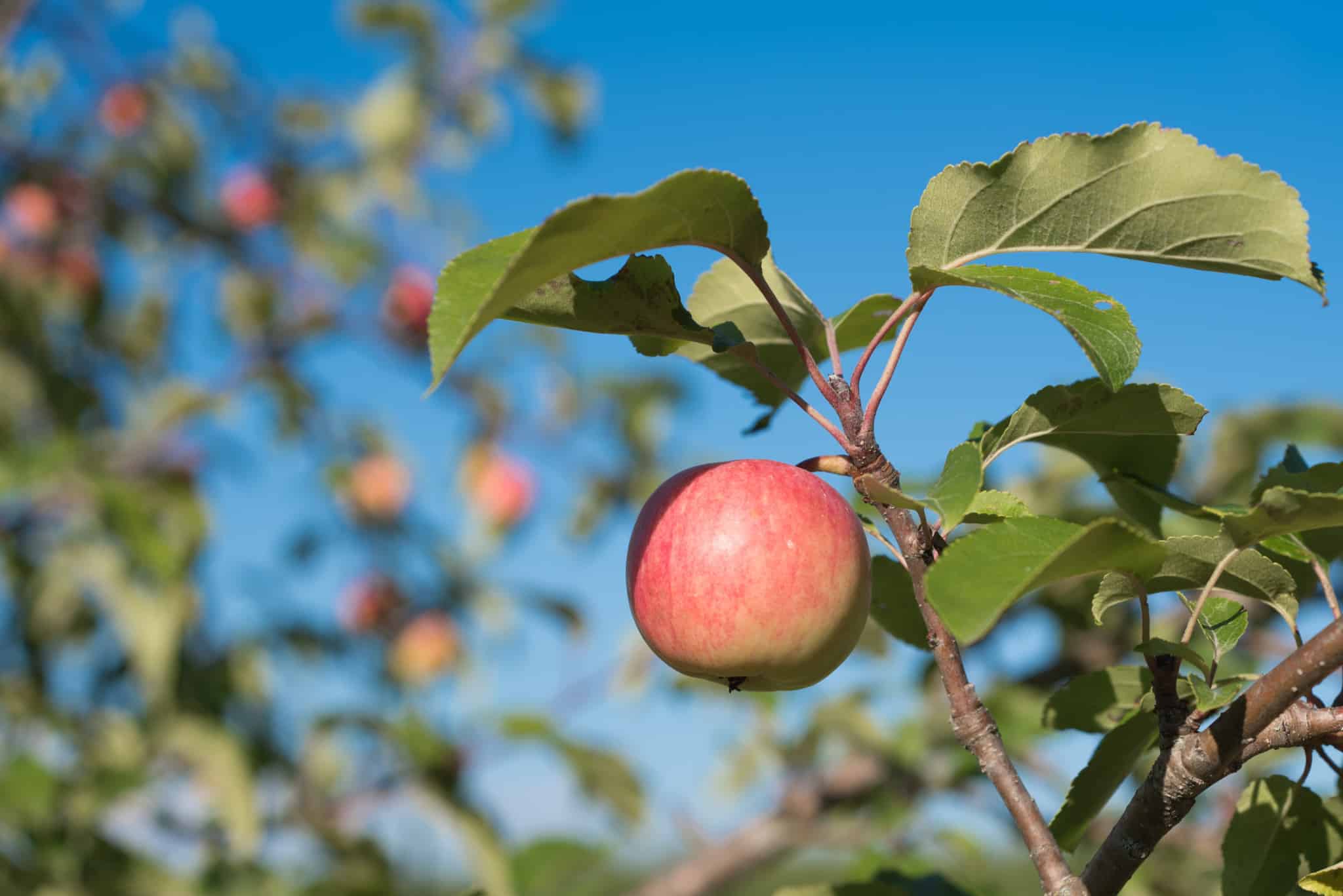Gardens come in all shapes sizes, but luckily, trees do too! If planting trees or garden greenery has been on top of your to do list for some time, read on to find a tree-mendous foliage fit for you.
Flowering foliage

Trees shower green spaces in shade and provide structure to the design, plus they’re great for the creatures living in our gardens too, so I think flowering trees are the best of both worlds; providing interest and food sources for beneficial insects and birds.
My flowering favourites:
-
-
- Although you’ll have to wait until spring for the flowers, the Malus ‘Profusion’ (crab apple) is worth the wait.It’s striking purplish-pink flowerets are beautifully fragrant, it bears bronzed and green foliage over summer and has edible deep-purple autumn fruits.
-
-
-
- Amelanchier lamarckii is another all-rounder. Festooned in delicate white flowers during spring and deep purple berries over summer.Both pollinators and birds love this tree and, come autumn, your garden greets you with bronze-tinged orange and red leaves.
-
-
-
- Providing wonderful winter interest, Prunus ‘Autumnalis Rosea’ has light pink semi-double flowers that open in autumn and sit amongst yellow ovate leaves to provide colour when the rest the garden is dormant.
-
Small spaces sorted
For compact areas, don’t assume that trees won’t work for you. There’s a cultivar out there for every scenario.
Anyone needing a twee tree can look to Prunus ‘Amanogawa’ (cherry) for something a bit special.
As long as this tree has sun, it’s happy. Sheltered or exposed, it’ll do well, and grows narrowly with semi-double pale pink flowers that are fragrant in springtime—perfect for corners in need of a lift.
Later in the year, the foliage turns fiery hues of orange and red, so it has autumnal interest too.
You can’t go too far wrong with Cercis siliquastrum for something that’s truly striking to look at.
The pea- flowers are so densely populated it really draws the eye and is a real hit with pollinators.
Plus, this slow grower takes up to 50 years to reach ultimate height, so you’ve got loads of time to find the ideal spot.

Planting particulars

When it comes to planting your own trees, timing is everything.
Autumn is the best time to plant in the ground, once the heat of summer has faded and any risk of waterlogging is at a minimum.
You want to give your new tree the best start at life, so picking the specimen and site is an important part of the process.
Before delving into digging, leave enough time for the task end to end—it will take you about an hour.
Start by digging a hole three times as big as the pot and the same depth.
The root ball will have been soaked in water beforehand, to make it easier to loosen the surrounding soil and for roots to spread.
With the base of the trunk at ground level, fill in the hole and firm down so that no air pockets are left.
Then, water in well and lay a 2-3-inch layer of mulch, which is a loose material like bark chippings or compost that will keep roots moist.
Pot to trot
You might prefer to plant a tree in a pot and save your fixed floor space. This can be done at any time of the year.
For many of us, who may not stay in our residence for more than a few years at a time, it means that the trees you plant can come with you to your new abode.
An Acer palmatum (Japanese maple) can offer just that.
Cultivar ‘Bloodgood’ has deep red-purple leaves and red fruits in summer and these beautifully winged samara fruits are ornate, like those on a sycamore tree.
Olive trees give an unusual Mediterranean twist to any outdoor space and young specimens are quite happy in a pot as long as they’re not exposed to temperatures below -10°C.
Pot up early in the year to allow time to establish before winter and use a loam-based compost and one-fifth horticultural grit for drainage.For quick growing trees, to get the most bang for your buck, blueberry trees are living proof that these typically tall trees can come in all shapes and sizes.
Not only are these trees brilliant in a pot on the patio, but some will produce fruits for you too. ‘Bluecrop’ cultivar is fast growing so it’ll reach ultimate height of two metres within a few years.

Begin to branch out with your planting and you can add structure to your garden without barking up the wrong tree.
Tip:
Planting in blocks or incorporating
cover crops can really help suppress weed growth and also
reduces evaporation when watering
too.
Reader questions
I have a north facing garden, what are the best plants for this?

North facing gardens are cool and shady. If they are enclosed, they may receive no direct sunlight at all. Shade-loving or woodland plants do well here—hostas, ferns, grasses and bamboo. Many of these can be grown successfully in containers too.
I don’t have much space outside, is it possible to grow herbs inside?

Yes, the good news is you can grow herbs on a sunny windowsill. Basil is probably the easiest herb to grow indoors, but you can also grow many other herbs such as oregano, mint and parsley—depending on what’s for dinner.

Leave A Comment